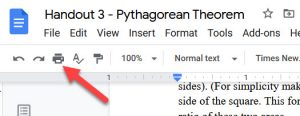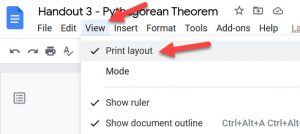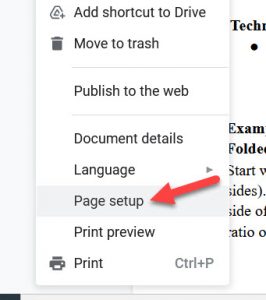I learned of a couple special characters — that are available in Google Docs (and I’m sure elsewhere).
The ❧ symbol (called a hedera, fleuron, or sometimes ivy leaf) has a long history in printing. It was used in early manuscripts and typeset books as a section break, paragraph marker, or decorative divider — much like how we use ⁂ or — today. There is a reversed form too. These look like a heart leaf.
📜 How it was historically used
- To mark the end of one thought and the beginning of another
- To separate short devotional entries or proverbs
- As a gentle visual pause between paragraphs
- As a decorative element in prayer books, hymnals, and poetry collections
It was not a loud ornament, but a quiet little flourish.
The ⁂ (asterism) is a traditional section-break symbol used in older books, essays, devotionals, and classic literature. It signals a pause, shift in thought, or new entry, but more gently than a new chapter heading.
It is often used:
- Between short, related reflections
- To show a transition in a sermon or devotional book
- To divide scenes in fiction (before modern “***” breaks)
- In journals or commonplace books to separate thoughts


 It can happen (and it has happened to many) that when you hit Print in Google Docs, the resulting PDF has an extra blank page (or pages). I’ve run into this.
It can happen (and it has happened to many) that when you hit Print in Google Docs, the resulting PDF has an extra blank page (or pages). I’ve run into this.


